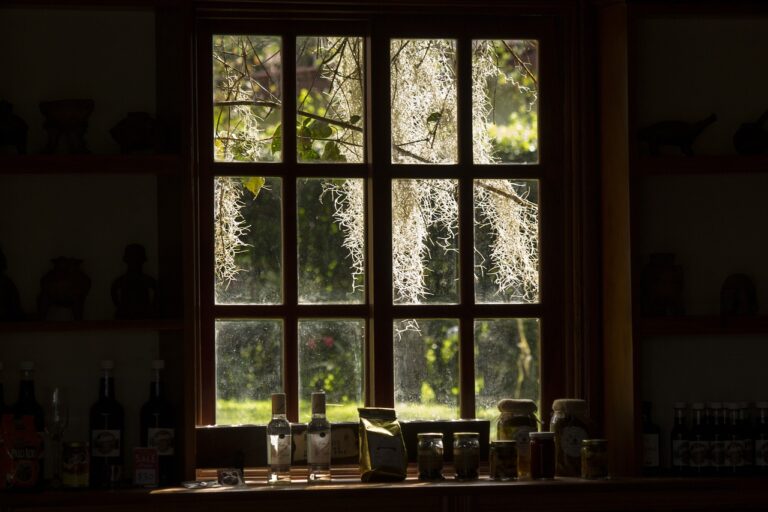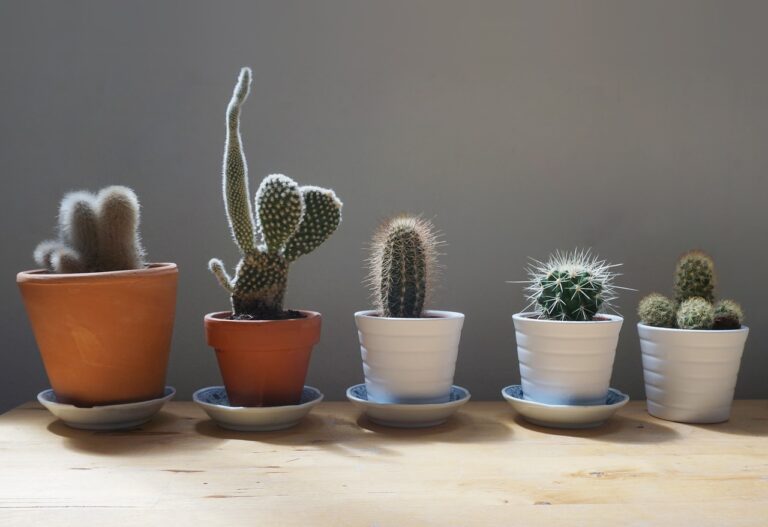Exploring Modular Retaining Wall Design Options
11xplay reddy login id and password, king567 signup, skyinplay exchange: Exploring Modular Retaining Wall Design Options
Are you looking to enhance the aesthetics of your outdoor space while also addressing soil erosion and sloping terrain? Retaining walls are a fantastic solution that can serve both functional and decorative purposes. When it comes to designing a retaining wall, modular options provide versatility, ease of installation, and a wide range of design choices. In this blog post, we will explore various modular retaining wall design options that can elevate the look of your property.
Retaining walls play a crucial role in holding back soil and preventing erosion, especially on sloped landscapes. However, they can also serve as a defining feature in your outdoor space, adding visual interest and creating distinct zones within your property. Modular retaining wall systems offer a convenient and customizable solution for achieving both structural stability and aesthetic appeal.
1. Benefits of Modular Retaining Walls
Modular retaining walls are pre-manufactured systems that are designed to be easily assembled on-site. These systems consist of interlocking blocks or panels that can be stacked and secured to create a durable and attractive structure. Some of the key benefits of modular retaining walls include:
– Ease of installation: Modular systems are designed for straightforward installation, allowing for quick and efficient construction.
– Versatility: Modular retaining walls come in a variety of shapes, sizes, and colors, giving you the flexibility to create a custom look that suits your style.
– Strength and durability: Modular wall systems are engineered to withstand the pressure of soil and water, providing long-lasting stability.
– Cost-effectiveness: Modular retaining walls can be a more affordable option compared to traditional masonry walls, saving you time and money on labor and materials.
2. Design Options
When it comes to designing a modular retaining wall, the possibilities are endless. Whether you prefer a sleek and modern look or a more natural, organic feel, there are design options to suit every taste. Some popular design choices include:
– Geometric patterns: Create a striking visual impact by incorporating geometric patterns into your retaining wall design. Mix and match block shapes to achieve unique and eye-catching patterns.
– Textured finishes: Choose blocks with textured finishes, such as stone or brick patterns, to add dimension and interest to your retaining wall.
– Color variations: Select blocks in a range of colors to complement your outdoor space. Opt for earthy tones for a more natural look or vibrant hues for a pop of color.
– Built-in features: Enhance the functionality of your retaining wall by incorporating built-in features such as planters, seating, or lighting fixtures.
3. Installation Tips
While modular retaining walls are designed for easy installation, proper planning and preparation are essential for ensuring a successful project. Here are some installation tips to help you get started:
– Site preparation: Before beginning construction, ensure that the site is properly graded and compacted to provide a stable base for the retaining wall.
– Drainage considerations: Incorporate proper drainage solutions, such as weep holes or gravel backfill, to prevent water buildup behind the wall.
– Use a leveling system: To ensure a straight and even wall, use a leveling system to align the blocks during installation.
– Compact the backfill: Compact the backfill material in layers behind the wall to provide additional support and stability.
4. Maintenance and Care
Once your modular retaining wall is in place, it is essential to properly maintain and care for it to ensure its longevity and performance. Some maintenance tips include:
– Regular inspections: Periodically inspect the retaining wall for signs of damage, such as cracks or bulges, and address any issues promptly.
– Cleaning: Keep the retaining wall clean by removing dirt, debris, and vegetation that can cause damage or discoloration.
– Repair as needed: Repair any damaged or deteriorating sections of the wall promptly to prevent further issues from arising.
FAQs
Q: Can I install a modular retaining wall myself, or should I hire a professional?
A: While modular retaining walls are designed for DIY installation, it is recommended to consult with a professional for larger or more complex projects to ensure proper construction and structural integrity.
Q: How tall can a modular retaining wall be?
A: The height of a modular retaining wall will depend on various factors, including the type of blocks used, soil conditions, and drainage considerations. It is essential to follow manufacturer guidelines and local regulations when determining the height of your retaining wall.
Q: Are modular retaining walls environmentally friendly?
A: Modular retaining walls can be a sustainable option, as many manufacturers produce blocks using recycled materials and eco-friendly manufacturing processes. Additionally, retaining walls can help prevent soil erosion and promote landscape stability, contributing to overall environmental conservation.
In conclusion, modular retaining walls offer a versatile and customizable solution for creating functional and visually appealing structures in your outdoor space. By exploring different design options, considering installation tips, and practicing proper maintenance, you can enhance the beauty and functionality of your property with a modular retaining wall. Whether you are looking to add a decorative element to your garden or address sloping terrain, modular retaining walls are a fantastic choice for achieving both form and function.







